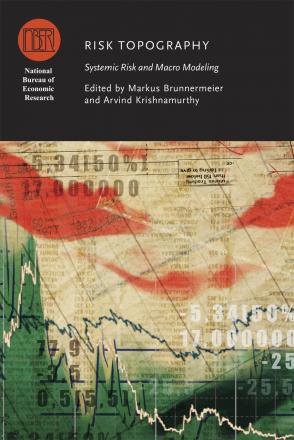Detecting "Bad" Leverage

This chapter seeks to answer the following question: how do regulators and policy makers know when a large increase in leverage will end badly? The answer to this question lies in the ability to detect whether an increase in household leverage is due to an expansion in the supply of credit or whether it is due to improvements in the productivity of borrowers. The strategy studied here is using micro-economic data on borrowers with a high elasticity of borrowing with respect to credit availability to isolate the supply versus productivity effects. If a sharp increase in leverage is due primarily to an increase in the supply of credit, the regulator has reason to be concerned. There are three facts that motivate the methodology: (1) when fueled by an expansion in the availability of credit, dramatic increases in leverage typically end badly, (2) there is a segment of the U.S. population that displays a very high elasticity of borrowing with respect to credit availability, and (3) asset prices are often a function of debt levels.
-
-
Copy CitationAmir Sufi, Risk Topography: Systemic Risk and Macro Modeling (University of Chicago Press, 2012), chap. 14, https://www.nber.org/books-and-chapters/risk-topography-systemic-risk-and-macro-modeling/detecting-bad-leverage.Download Citation


